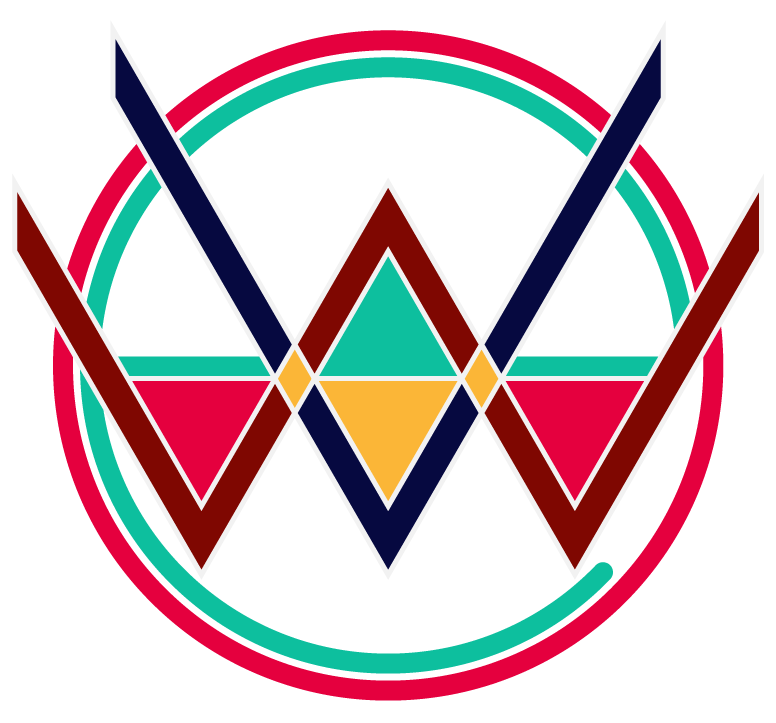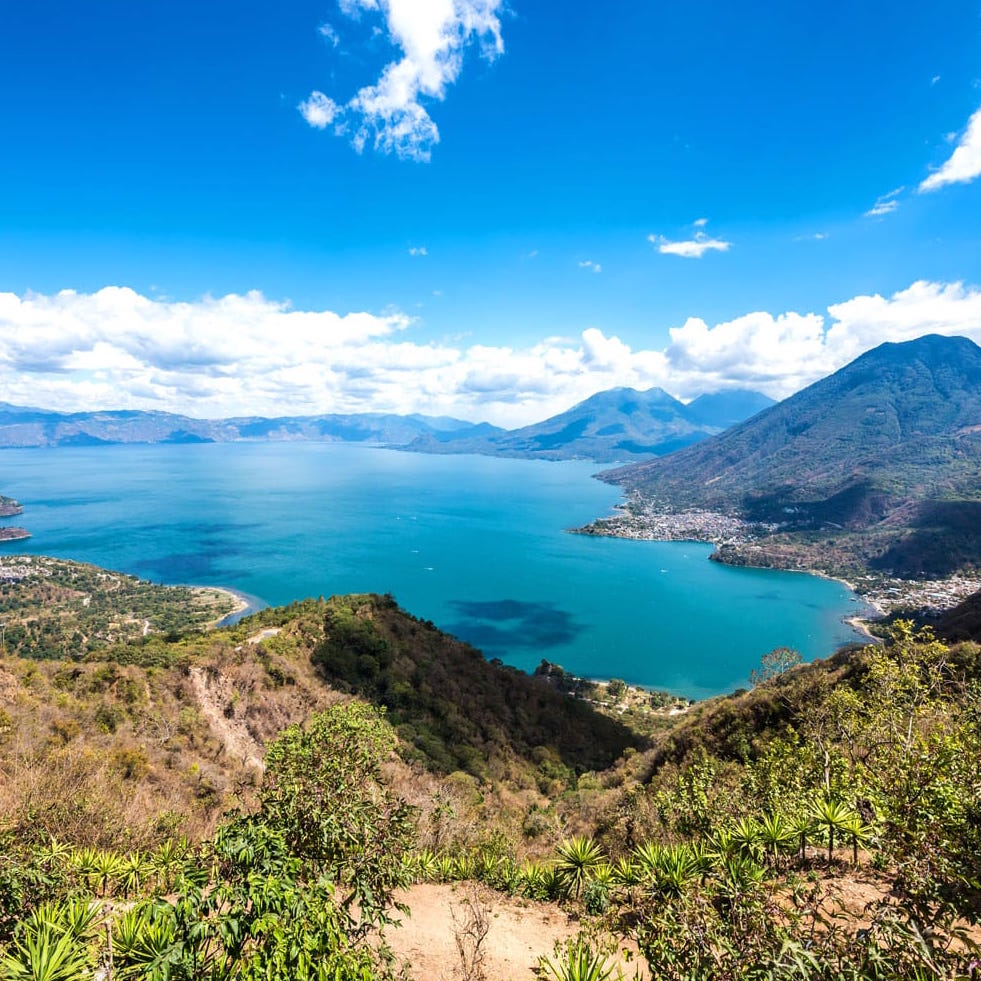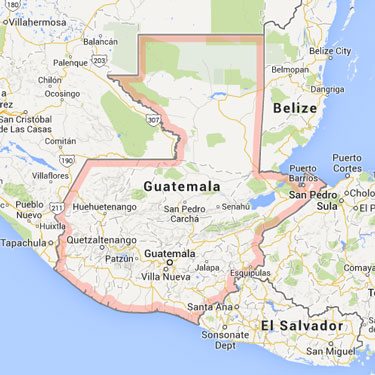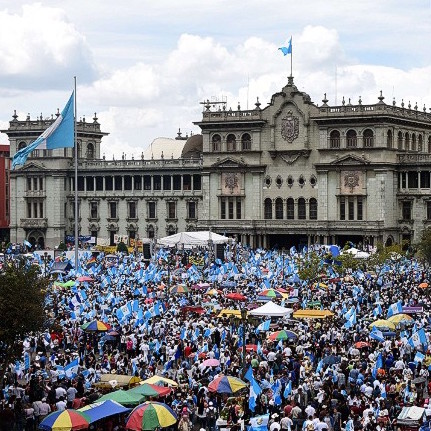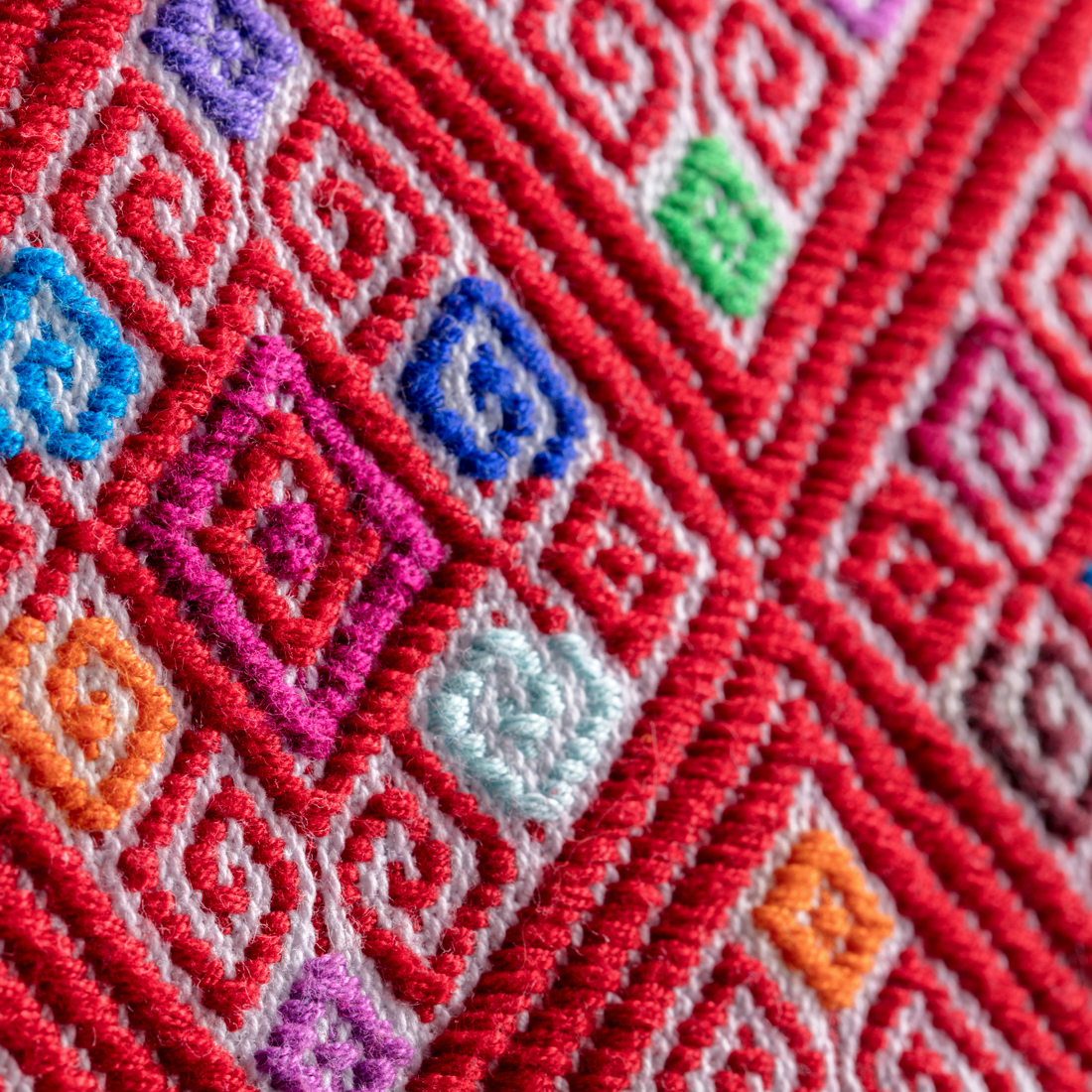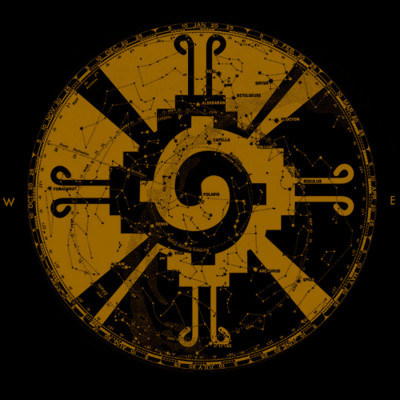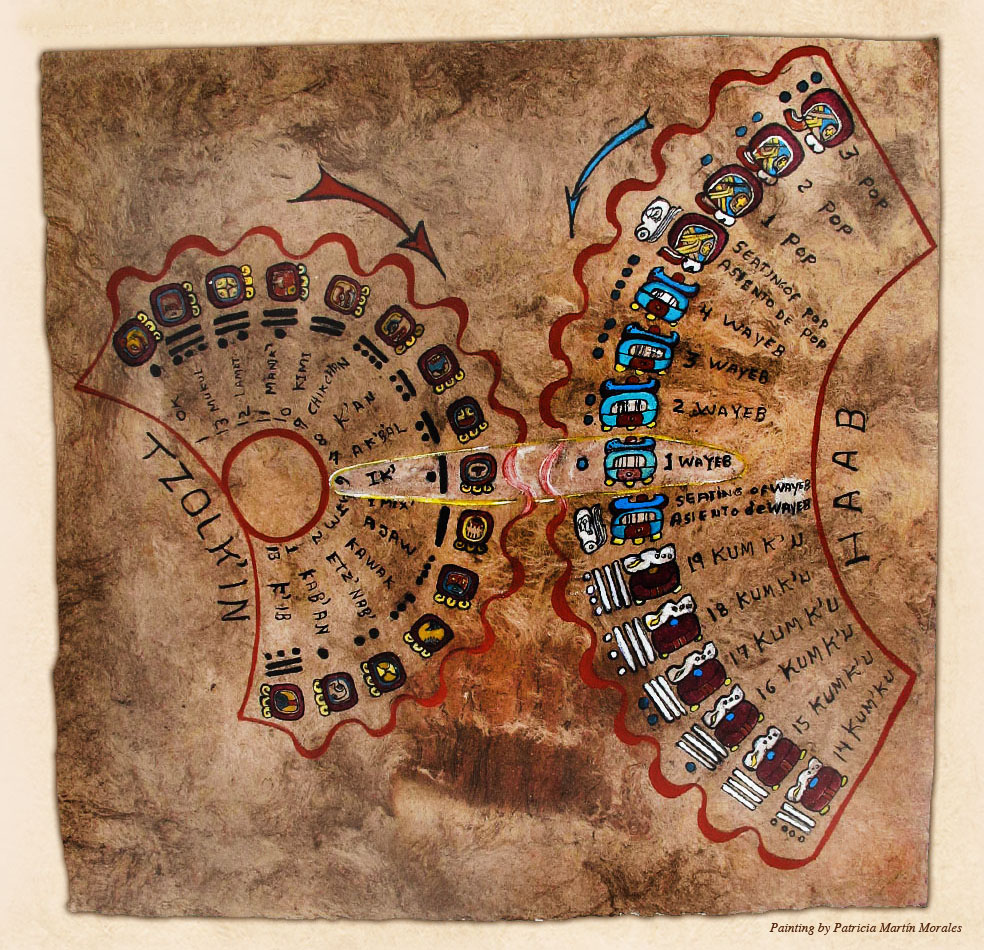Where We Work
LAKE ATITLÁN REGION
GUATEMALA OVERVIEW
POLITICAL HISTORY
Mayan Culture
Vibrant Mayan culture can easily be found today from a civilization that began back in 2000 BC. During the height of their civilization, the Maya were a very advanced people, with the first recorded fully-developed written language, advanced city infrastructure, and extremely accurate astronomy knowledge. The diaspora of the Mayan language has resulted in dozens of Mayan dialects throughout today’s Mayan population. Guatemala has the largest population of Mayan descendants in Central America and a direct line can be seen between Mayan culture and the country’s bright and colorful environment.
MAYAN HUIPILES
MAYAN PHILOSOPHY
THE HUNAB KU
The Mayan Calendar
The Mayan Calendar is divided into three systems of recording time. The first, the Cholq’ij or the Tzolkin, is 13 periods or months of 20 days each. Each of these 20 days are represented by a Nahual or Day Keeper, that guides the energy of the day. The Cholq’ij or Tzolkin is also based around the cycle of the numbers 1-13 that also influence the energy of the day. A complete cycle or year in the Cholq’ij or Tzolkin is all of the different combinations of of numbers 1-13 with the 20 Day Keepers, or 260 days. The Cholq’ij or Tzolkin is a lunar and ceremonial calendar and its energy is feminine.
Each person is born with a Nahual or Day Keeper depending on their day, month and year of birth. These Nahuales influence the characteristics of each persons personality and energy.
Learn more about the Mayan Calendar
LAKE ATITLÁN REGION
Woven Wisdom works with Mayan artisans from the Lake Atitlan region of Guatemala. A lake formed 84,000 years ago by super-volcanic eruption, the lake today remains tucked between three volcanoes, San Pedro, Atitlan and Tolimon. The indigenous word “Atitlan” literally means “at the water”. Here, twelve different indigenous Mayan villages sprinkle the coast of this 50 square mile lake. The 200,000 indigenous inhabitants of the villages speak the three Mayan language derivatives of Quiche, Tzutujil, and Katchikel, depending on the village´s ethnic history. Boat travel is the main means of transportation between and beyond villages as no road exists that circles the Lake. Under the lake, ancient Mayan ruins and ceremonial pieces lay dormant relics of past abundance and civilization.
Today’s Mayan society looks very different in certain aspects, largely due to the inescapable influence of Western ideals and material imports. While bright colored traditional fabrics and lively markets full of the freshest and most colorful vegetables and fruits from the earth still persist, inequalities lie beneath. Women display their traditional dress of brightly colored huipiles and cortes (blouse and skirt), while men have traded their traditional wear for Abercrombie Tshirts and Nike shoes. Farmers produce larger vegetables with greater abundance, but not without the incorporation of whatever pesticides and fertilizers flood the market. There exists a struggle between traditional cultural survival and the clash of perspectives on what is ´advancement´. Basket weavers using the natural Tol canes from the lake weave skillfully outside the All Plastic store.
Yet these contradictions are nothing new, Guatemala has always been a country full of contrast. It is a country that remains rich in vibrant indigenous Maya culture but is also a country that was in the middle of a civil war against its own indigenous peoples less than 20 years ago. For these people, there seems to always be an outside force of struggle. From Spanish conquest, to religious oppression, to political genocide of the civil war, to today´s economic neocolonialism by large corporations and unfair international trade treaties, the perseverance for life can be seen in the faces of the people.
Guatemala Overview
Guatemala covers an area roughly the size of Portugal or Tennessee and has a total population of just over 13 million. The population is estimated to be roughly 60% Ladino (mixed Spanish and Indigenous) and 40% Indigenous (Maya and non-Maya groups). While Spanish is the official language of Guatemala, 23 other languages are spoken including the Afro-Carribean Garifuna language and 22 different indigenous languages of the Maya diaspora. There are 22 volcanoes in Guatemala, and the country is divided into 22 departments. Religiously, the population is divided between Roman Catholic and Evangelical Protestant, and both churches have had strong influences in the peoples´ struggle for maintaining traditions. Only 1% still practice traditional Mayan religion, yet still some traditional aspects combine with the dominant beliefs to form a unique religious blend for Guatemala.
Economically, Guatemala is the poorest country in Central America. It is estimated that about 56% of the population live below the poverty line and 15% live in extreme poverty. Among the indigenous population, 76% live below the poverty line and 28% live in extreme poverty. The countries´ wealth is extremely unbalanced with the richest 10% holding almost 43% of the national income and the poorest 10% holding 1.3%. With one of the highest malnutrition rates in the world, 43% of Guatemalan children under the age of 5 are chronically malnourished. The literacy rate among people 15 years and older is 69% with only 30% of Guatemalan children finishing the 6th grade.
Political History
The poverty and inequality today confront the indigenous population in a similar way to the violence and struggle they have overcome throughout history. The Maya civilization flourished in Guatemala in the first millennium A.D. The beginning of the 16th Century brought Spanish conquest and colonialization. In the second half of the 20th century Guatemala experienced a series of military dictatorships that led to a 36 year long civil war. The war arguably ´ended´ in 1996 with the signing of the Peace Accords between indigenous groups and the military. The civil war left over 250,000 predominantly Mayan Guatemalans dead. The violence displaced over 1 million people and destroyed 450 Mayan villages.
Today, Guatemala is considered a democratic republic with democratic elections. Yet, some question the recent September 2011 presidential election of Otto Perez Molina, an ex-military leader during the dictatorship of Rios Montt, the leader who has the most deaths in the least amount of time during the entire civil war. Furthermore, Rios Montt was recently tried in Guatemala’s high court for his genocide connections, and the case was quickly and abruptly thrown out due to “procedural errors”. During Montt’s short 17 month rule from 1982-1983, over 100,000 indigenous were massacred as thousands of villages were flattened in his “Scorched Earth Campaign”. Montt overtook power in 1982 through a US-backed coup. Montt attended the international military academy, School of the Americas, in Georgia to receive his training in combat. During a meeting with then President Reagan on December 4, 1982, Reagan declared: “President Ríos Montt is a man of great personal integrity and commitment. … I know he wants to improve the quality of life for all Guatemalans and to promote social justice.” Over the next year, the President sent over $10 million worth of military equipment and ammo to Montt, superseding Congress objections on grounds of “human rights violations”. History now shows us that it was these violations that were actually being fueled by U.S. money and support.
This gruesome history is not even a full generation separation to the current Mayan population. Dark shadows are still strongly reflected in lives today, especially in the faces of the survivors and in the continually marginalized indigenous people.
On one side of the coin Guatemala is a vibrant, culturally rich country full natural beauty. and on the flip side it is a country wrought with poverty and inequality. The combination of these opposites make Guatemala a unique country full of beauty and pain, the perfect place to open your mind and to work together to create positive change.
Mayan Huipiles (pronounced wee-pee-les) and Traditional Dress
The Huipiles, the traditional blouse still worn by indigenous Maya women today, is not just a skillfully woven article of clothing but also a representation of both collective and individual cultural identity. The weaving is a form of communication and cultural preservation among the indigenous Mayan groups of Guatemala. Huipil literally means “my covering” in Nahuatl. It is said that the huipil represents “the history of people who have given life to the art of survival”. Metaphorically the huipil weaves together the past and the future as a tangible form of communication. Traditionally, the colors, materials, and patterns of each huipile were specific to the individual village or region where they originated, so that a woman´s dress would connect her to her village. Today’s interconnectedness has blurred these lines and women wear huipile designs from all over the country. Yet, deeper in the Highlands of Guatemala, full villages still display their traditional colors and patterns.
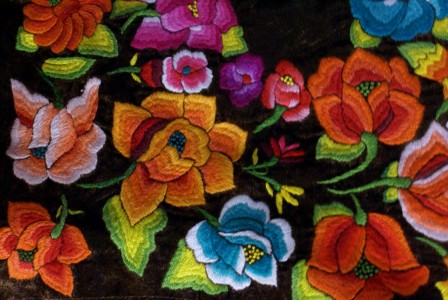
Huipiles have existed since Pre-Hispanic times and were originally worn for ceremonial purposes. They were a very simple tunic style design, made from two rectangular pieces of fabric sewn together with no inset sleeves and varying in length from ankle to knee. As the design and weaving techniques have survived, changes to material, styles, and production have been evolving since the European conquest.
Each huipil is elaborately woven and embriordered, making them costly and time consuming to create yet legitimizing their sense of pride. The iconography and patterns of the huipile hold deep significances to traditional stories, myths, legends, rituals and beliefs. Mayan Philosophy concepts of duality and balance can be seen in designs depicting the connection between nature and the cosmos, mother earth with the sky. Many times the sun, moon, stars, cardinal directions, and ritual offerings are seen in huipile patterns, transforming the blouse into a symbolic identity, cultural pride, and a form of communication that transcends the years.
Although the huipil is an expression of tradition, it has not gone untouched by the passage of time. There are many social and economic changes that have affected the style and consistent use of the huipil. Traditional huipiles have been influenced by internal mobility, globalization, and the inundation of outside ideas that often leave behind the importance of cultural identity and preservation. The material cost and great amount of time it takes to weave a huipile has lead many women to wear cheaper machine-embroidered synthetic fabric blouses. Overall it is thought that the modern world influences are severing the cultural connection between the huipil wearers and their communities and cultural heritage.
The Huipil is a beautiful and intricate expressive form of dress that represents cultural history and collective identity. Each thread in these traditional weavings pass on sacred Mayan wisdom for future generations.
Mayan Philosophy
 Mayan Philosophy, like most all religions, follows the fundamental underlying principal that there exists a spiritual world that directly affects what happens in the material world of everyday life. This resonates in the duality that exists in all life; night and day, good and evil, man and woman, spiritual and material. The central deity of Mayan philosophy, Ajaw, represents this duality. Ajaw is the balance or center between these dualities.
Mayan Philosophy, like most all religions, follows the fundamental underlying principal that there exists a spiritual world that directly affects what happens in the material world of everyday life. This resonates in the duality that exists in all life; night and day, good and evil, man and woman, spiritual and material. The central deity of Mayan philosophy, Ajaw, represents this duality. Ajaw is the balance or center between these dualities.
The Hunab Ku
 The Hunab Ku is an ancient MesoAmerican symbol. Although many interpretations exist, we view the symbol as a duality of all things. The center spiral represents the cosmos and the spiral of the universe. This is the constant movement that exists in all of life. The four corners extend from the spiral in the four cardinal directions, stabilizing and grounding the movement. The light and dark side of the symbol balance the active and passive, masculine and feminine, solar and lunar dualities of existence.
The Hunab Ku is an ancient MesoAmerican symbol. Although many interpretations exist, we view the symbol as a duality of all things. The center spiral represents the cosmos and the spiral of the universe. This is the constant movement that exists in all of life. The four corners extend from the spiral in the four cardinal directions, stabilizing and grounding the movement. The light and dark side of the symbol balance the active and passive, masculine and feminine, solar and lunar dualities of existence.
